- Written by: Kamran Mofid
- Hits: 443
The Enduring Beauty and Wisdom of Coventry Cathedral
This is Why Coventry Cathedral Has Inspired the World
After the devastation of World War Two, Coventry Cathedral, inspired by its visionary Provost, Richard Thomas HOWARD, did something remarkable – they sought forgiveness and reconciliation rather than revenge and more wars of destruction.
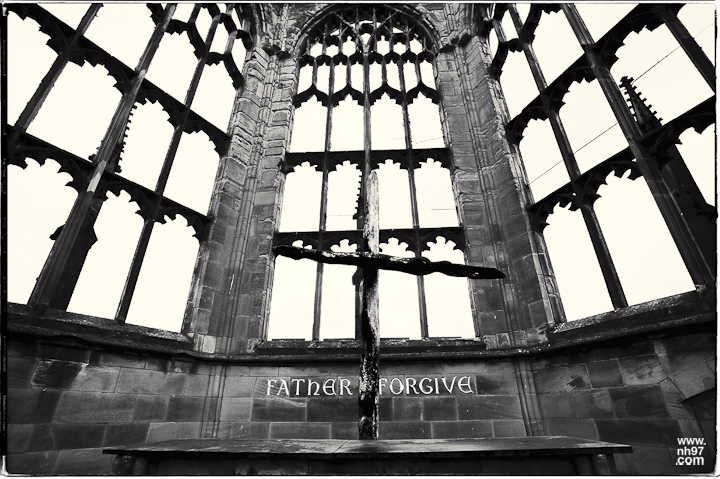
Looking at, and thinking deeply about all the wars, conflicts and bloodshed around the world, today or in the past, including what is happening currently in the Ukraine, Russia and the possibilities of its widening to engulf the rest of Europe and more, to my mind there is no other way, that even at times of war, we must find a way to be able to live together, side-by-side, creating a world of dialogue, understanding, mutual respect, building a world of peace and harmony for all. At the end of the day, we are all in this together.
Given this, I wish to share a couple of postings from our GCGI archive with you, a telling and timely reading, especially on a Sunday.
Over a century ago the world’s first major industrialised war ended with an armistice. Across the globe, whole societies were forever changed by the war and the peace process that followed.
Then, “On 14 November 1940 the Luftwaffe launched its most devastating bombing raid of the Second World War so far. The target was Coventry, a manufacturing city in the heart of England with a beautiful mediaeval centre.
As dawn broke over a ruined city, a horrific scene of destruction greeted the survivors. Homes and factories were flattened and many buildings were consumed by flames so intense, the city's sandstone brickwork glowed red. The air stank of burning flesh, and bodies, some mutilated beyond recognition, lay in the streets. Amid the broken walls and burning buildings, a 14-year-old girl was making her way to school.”…
In the midst of destruction, death and pain, one brave man stood out amongst the crowds forever showing the world how to unlock the door of peace after wars and destruction.
When better than today, on this Sunday, to rekindle our spirit of humanity by revoking the memory and wisdom of the Man of Peace:
The very Reverend Richard Thomas HOWARD (12 June 1884– 1 November 1981), Provost, Coventry Cathedral, 1933 to 1958, the man who taught the world about the ugliness of war and the beauty of peace, the destructive path of hatred and despair and the transformational power of love and hope. May we all be inspired by the healing message of Provost Howard.
- Written by: Kamran Mofid
- Hits: 540
‘Can we really harness our brain chemicals to give ourselves a blast of positivity? Researchers share their shortcuts to boosting oxytocin, serotonin and more.’- Amy Fleming Via The Guardian
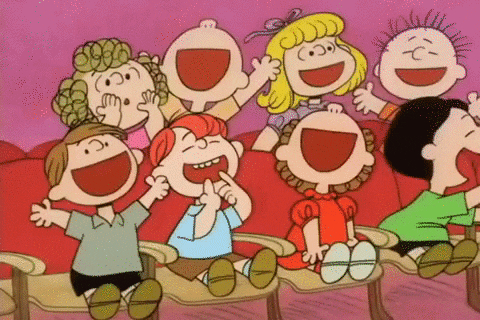
Photo: PNGDIR
‘Loretta Breuning grew up around a lot of unhappiness, but couldn’t figure out why. To try to find out, she avidly read up on psychology, alongside raising two children and working as a professor in management at California State University. “I thought that, if I followed the research, it would make everybody happy all the time,” she says. “And then I saw that my students were not that motivated, my kids were not that motivated, and the kids of social science professors were not that motivated. So I started looking for the deeper roots of our motivation and our emotions.” She went on to write a book, Habits of a Happy Brain: Retrain Your Brain to Boost Your Serotonin, Dopamine, Oxytocin and Endorphin Levels.
Today, when the news seems endlessly bleak, we all need an extra blast of positivity. Can harnessing our understanding of brain chemicals – from dopamine and endorphin to oxytocin and serotonin – help? Breuning, along with a number of scientists working in the field, believe so…’- Continue to read
7 Habits of a Happy Brain
You can rewire your brain to enjoy more serotonin, dopamine, oxytocin, endorphin
By Loretta Breuning Via Psychology Today
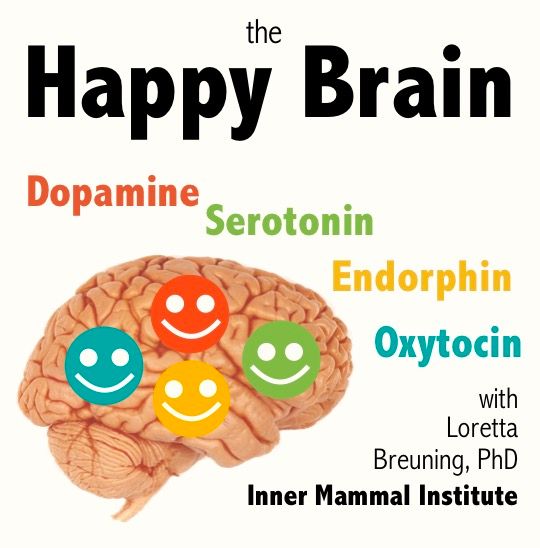
Photo: SPEAKER
Make this part of each day and you'll like the results:
- Remember that you have power to build new pathways in your brain. (But it takes more persistence and courage than you may expect, because your old pathways are already well developed and connected to your pleasure and pain centers.)
- Remind yourself that your frustrations are just electricity flowing down the path of least resistance in your brain. (You can give your electricity a new place to flow if you focus on a positive new choice every day for 45 days without fail.)
- You can turn on the excitement of dopamine by taking a step toward an expected reward. (Of course rewards are unpredictable in the real world, but you can always adjust your expectations and take another step.)
- You can enjoy the safe feeling of oxytocin by taking small steps toward social trust, often. (The mammal brain rewards you with a good feeling when you create social trust, but it makes careful choices because it’s not always safe to trust.)
- You can stimulate the nice feeling of serotonin by focusing on what you have instead of what you lack. (The mammal brain makes social comparisons because that promotes survival in the state of nature, but you can find ways to feel good about yourself without putting others down.)
- Laughing triggers the joy of endorphins, so make time in your life for laughter. (You may not laugh at what your friends think is funny, so let your own sense of humor be your guide.)
- Stop what you’re doing when your cortisol turns on, because it makes everything you do look bleak. (Cortisol is designed to alert you to potential threats, so you will see plenty of threats until you give your body a couple of hours to metabolize it.)- Read the original article HERE
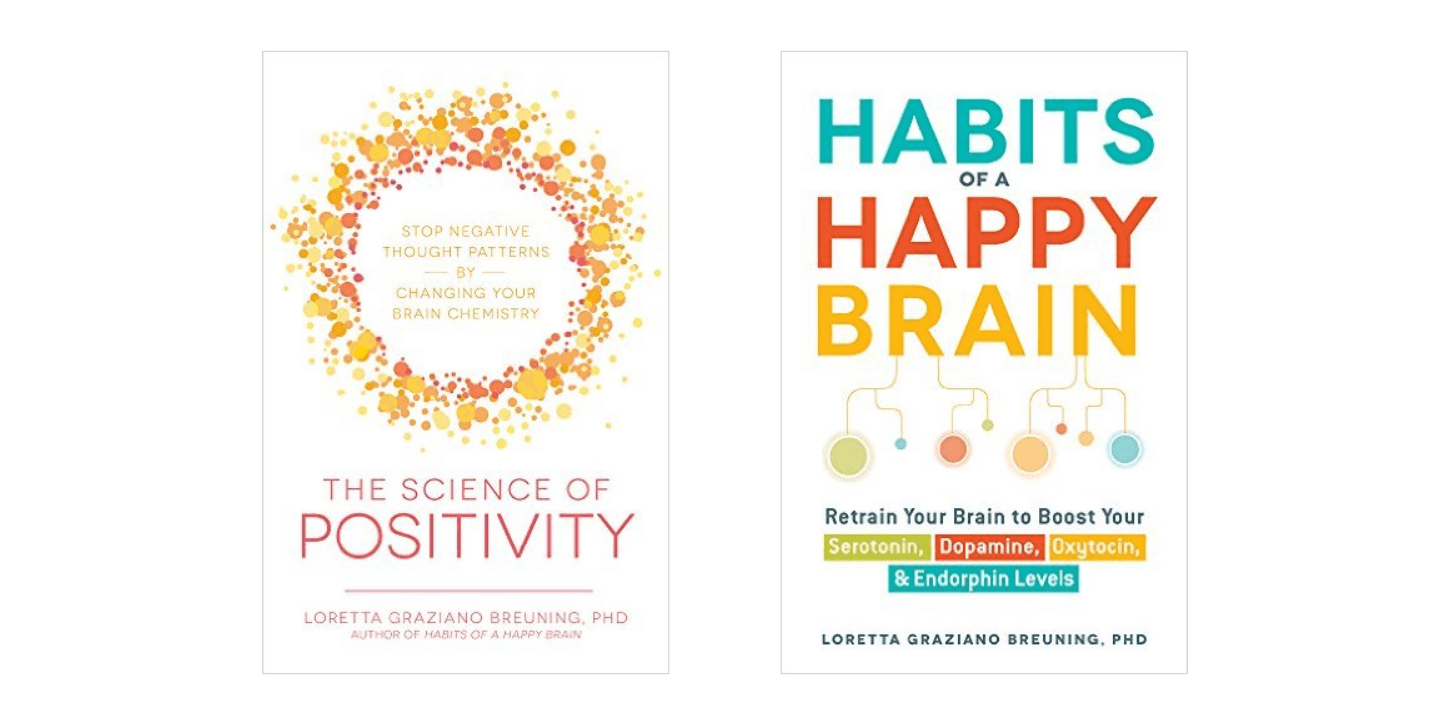
Photo: Adams Media Via psychology corner
‘A revolutionary approach to enhancing your happiness level!
Get ready to boost your happiness in just 45 days! Habits of a Happy Brain shows you how to retrain your brain to turn on the chemicals that make you happy. Each page offers simple activities that help you understand the roles of your "happy chemicals"-serotonin, dopamine, oxytocin, and endorphin. You'll also learn how to build new habits by rerouting the electricity in your brain to flow down a new pathway, making it even easier to trigger these happy chemicals and increase feelings of satisfaction when you need them most. Filled with dozens of exercises that will help you reprogram your brain, Habits of a Happy Brain shows you how to live a happier, healthier life!’- Buy the book HERE
A Selection of Related postings from our archive
'Be in love with life and the living and the world will be a better place.'- Kamran Mofid
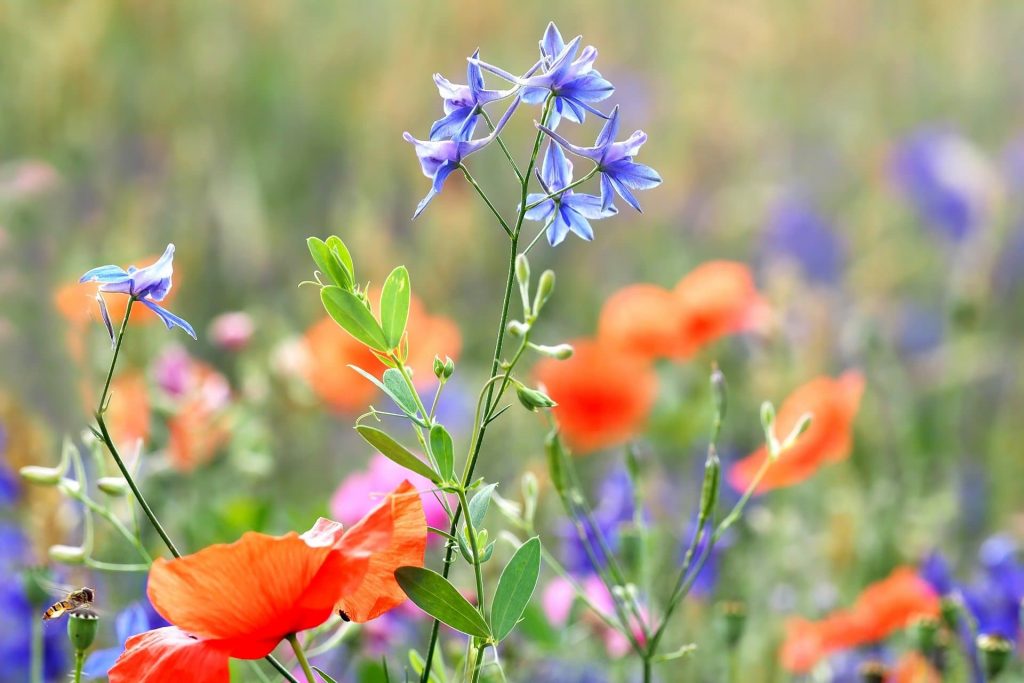
Larkspurs, signifying happiness and love.Photo: Petal Republic
In Praise of Laughter and Joy in these Dark and Uncertain Times
Simplicity: it’s our true guide to a better life
Healing the world as if the web of life mattered: In Praise of Ancient Wisdom
Are you physically and emotionally drained? I know of a good and cost-free solution!
Rand’s Ugly and Values-less Philosophy of Selfishness
The Destruction of our World and the lies of Milton Friedman
Kindness to Heal the World- Kindness to Make the World Great Again
What if Universities Taught KINDNESS?
Detaching Nature from Economics is ‘Burning the Library of Life’
Land As Our Teacher: Rhythms of Nature Ushering in a Better World
Coronavirus and the New Tapestry of Life: The time is now to rediscover our true selves
It’s All in The Mind: Focus on Mental Health
GCGI is our journey of hope and the sweet fruit of a labour of love. It is free to access, and it is ad-free too. We spend hundreds of hours, volunteering our labour and time, spreading the word about what is good and what matters most. If you think that's a worthy mission, as we do—one with powerful leverage to make the world a better place—then, please consider offering your moral and spiritual support by joining our circle of friends, spreading the word about the GCGI and forwarding the website to all those who maybe interested.
- Written by: Kamran Mofid
- Hits: 795
"My words are tied in one with the great mountains,
with the great rocks, with the great trees, in one with my body and heart.
All of you see me, one with this world."- Yokuts Prayer
Mother Earth Hear Our Prayers
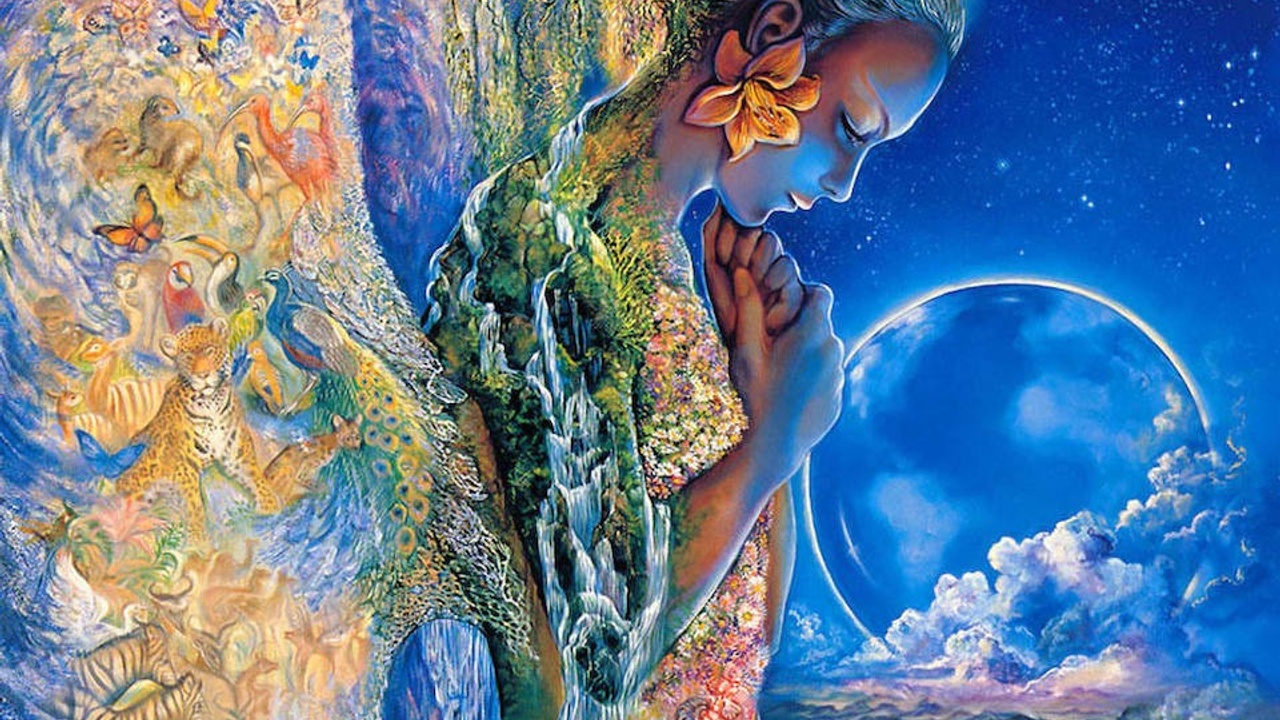
Photo:TheAwarenessSchool
'Mother Earth hear your child,
- War is the Failure of Humanity: The Tragedy of What We Are Collectively Doing
- World in Chaos and Despair: The Healing Power of Meister Eckhart’s Four Es
- Education and the Common Good
- Celebrating the Gift and Miracle of Ageing: Giving Thanks as I Approach 70
- The Fake ‘Greening’ Project and the World’s Tragedy
